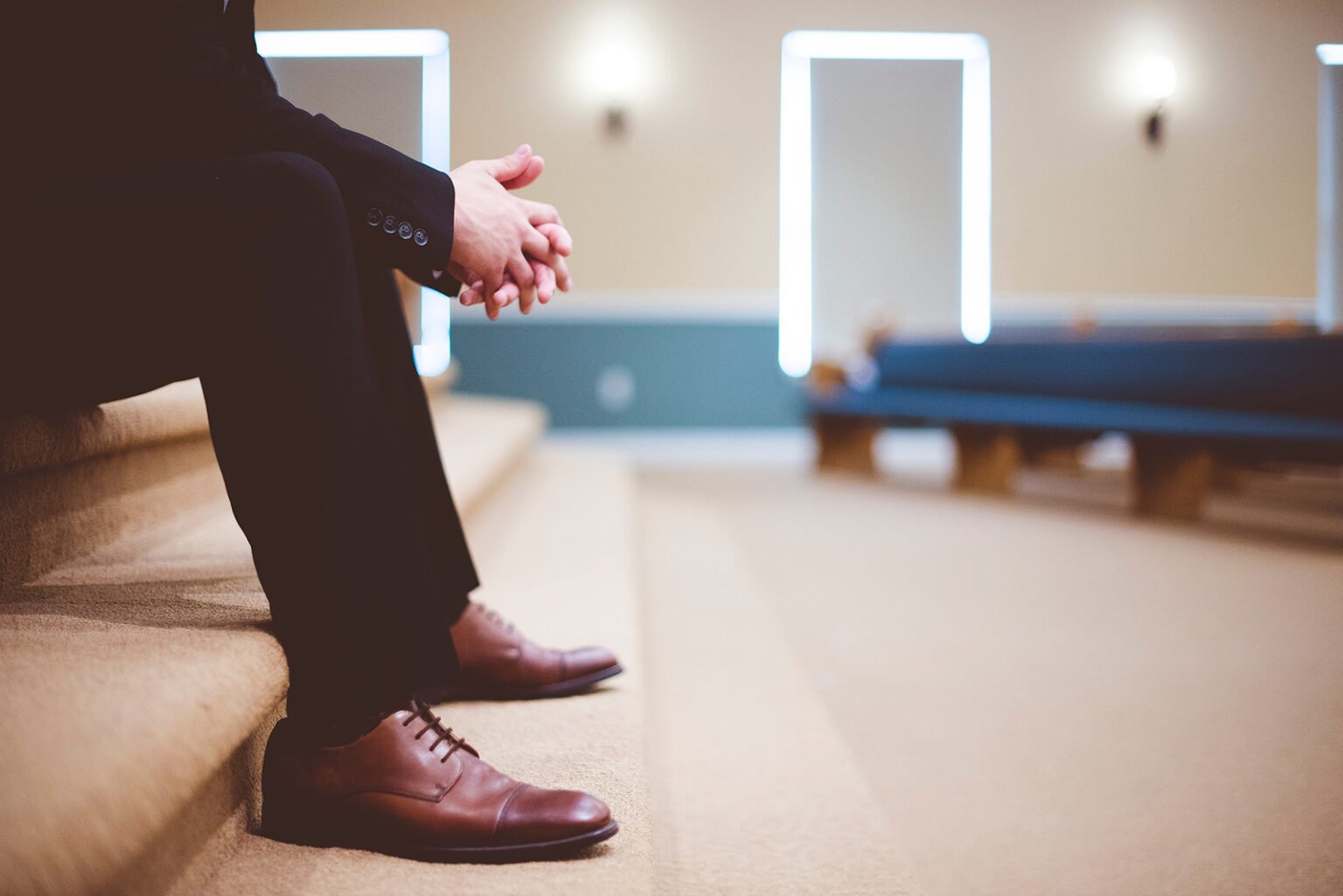
BY : Michael Woolf Religion News Service
This isn’t the time for US congregations to be facing a massive leadership transition.
This month, the Hartford Institute for Religion Research released a foundational report about the health of America’s churches and the leaders that serve them in the post-COVID-19 moment. The survey’s title, “I’m Exhausted All the Time,” will resonate with anyone who, like me, is leading a house of worship these days. But I wish the news were even that good.
The report, from Hartford’s Exploring the Pandemic Impact on Congregations project, documents the growing number of American clergy who are burned out and have considered leaving either their current congregation — 44% — or the profession itself — more than half (53%). The latter figure represents an increase of 16% since 2021. The percentage of those considering leaving their current congregations, meanwhile, has more than doubled.
This isn’t the time for U.S. congregations to be facing the type of leadership transition of this magnitude. Less than half of participants in the study reported that their churches had rebounded to pre-pandemic levels of attendance or giving. Congregations are also less willing to embrace change than they were pre-pandemic, according to study participants, reversing several years of pandemic gains that saw congregations embrace change in order to survive.
But transition is nonetheless on its way. One participant summed up their decision to leave a congregation in this way: “I am leaving the congregation in a few months. The leadership is moving backwards, and the congregation is only aging. (We are) getting some new folks, but (they are) all 60+ (years of age), and (the church has) lost most (of the) people under 60 since the pandemic. And the collapse of institutions like the church — all (these factors) are equally significant in me leaving.”
These sources of dissatisfaction are familiar to me. I was one of the about 1,700 pastors who participated in the study by taking a survey, which took about 20 minutes to complete. I have to confess that it felt good to share some of the frustrations of ministry in this current season. The replies also mirror the situation on the ground at several of the clergy groups I regularly attend.
What makes the present moment so difficult is that, in addition to the strain of recovering from the pandemic, congregations are also contending with a larger crisis that has been approaching for decades. Church attendance continues its downward slide, as fewer and fewer people consider their faith to be the most important thing in their lives. Those who remain are older, and, if the survey data is to be believed, more demanding.
Some three-quarters of church leaders also said they were tending to a congregation split between online and in-person attendance. While a major opportunity in some respects, hybrid worship can make a feeling of cohesiveness more difficult to achieve. There is no one Sunday where everyone is in the same room having the same experience.
For many pastors, this is enough to make them question what the point of it all is. Asked to reflect on what is enlivening about church ministry, one participant responded like this: “Nothing that I can think of. And in 22 years at this church, that has never happened before.”
That sense of dread is common in my circles. One of my colleagues recently described their pastoral context as chaplain to the apocalypse. All of the other clergy listening seemed to instantly recognize their perspective.
While religious communities might have thought, with the passing of the pandemic, the worst was behind them, this data shows that the changes in congregational life wrought by the pandemic continue to affect clergy’s sense of wellbeing. It also demonstrates that retaining clergy is going to be exceedingly difficult in such an environment.
For those wondering how they might keep their current leader or how they might weather the storm of pastoral transition, the report offers some advice. The churches that report the happiest leaders and who stand the best chance of thriving are low-conflict and have strong relationships between clergy and congregants.
A strong sense of fit between pastor and congregation also plays a role in diminishing clergy discontentment. The person leading a church should know whether the congregation is more focused on the community outside its doors or meeting the needs of members; whether they want to hear preaching about politics or preaching that studiously avoids it; or whether they expect a strong leader or one with a more collaborative style.
Churches who expect to endure the changes on the horizon ought to put plans in place now for handling conflict in productive ways. They might also want to consider whether they currently have a committee or group that acts as a liaison between clergy and the congregation. Finally, training for, and encouragement of, lay leadership is never a mistake, even if nearly half of all clergy were not thinking of taking up another line of work.
In 2023, headlines proclaimed the end of the great resignation as the number of those leaving their current positions dropped back to pre-pandemic levels. What this study demonstrates is that, while the rest of the job marketplace might be returning to normal, for clergy, the great resignation might be just beginning.
(The Rev. Michael Woolf, Th.D., is senior minister of Lake Street Church of Evanston, Illinois, and co-associate regional minister for white and multicultural churches at the American Baptist Churches of Metro Chicago. He is the author of “Sanctuary and Subjectivity: Thinking Theologically About Whiteness in Sanctuary Movements.” The views expressed in this commentary do not necessarily reflect those of Religion News Service.)
Photo by Ben White/Unsplash/Creative Commons












